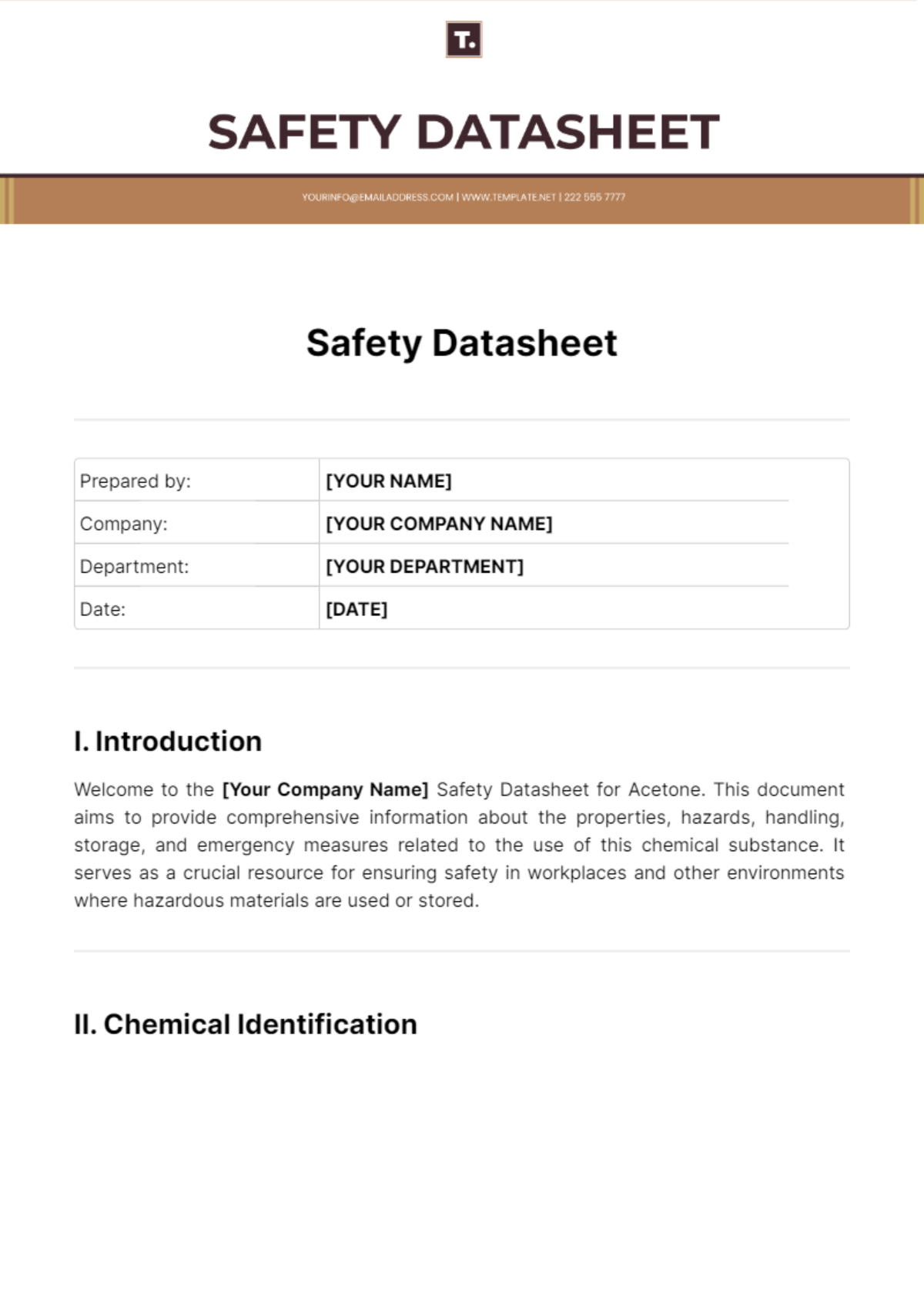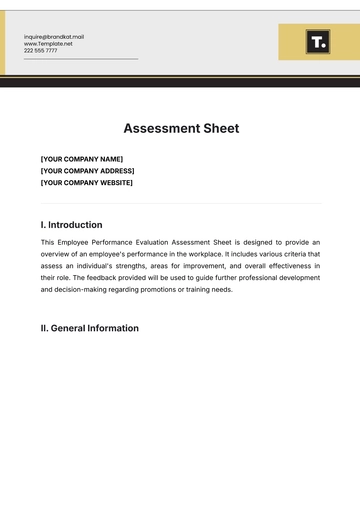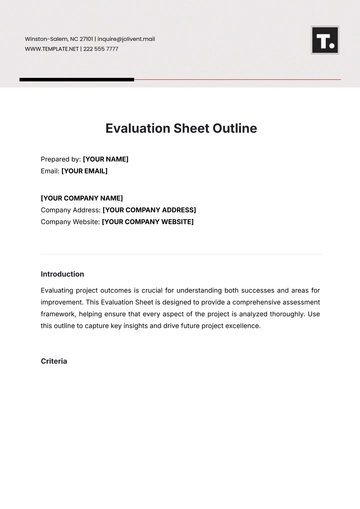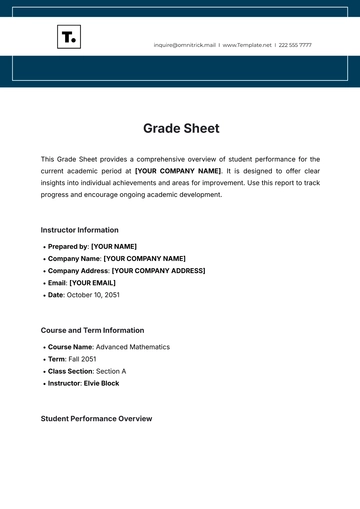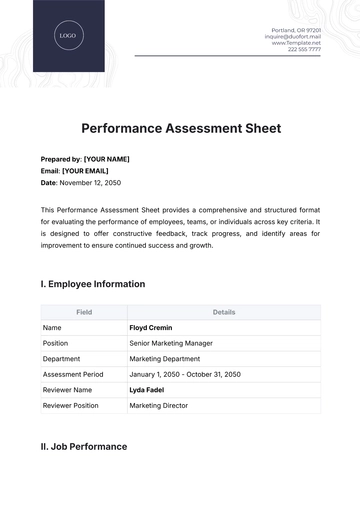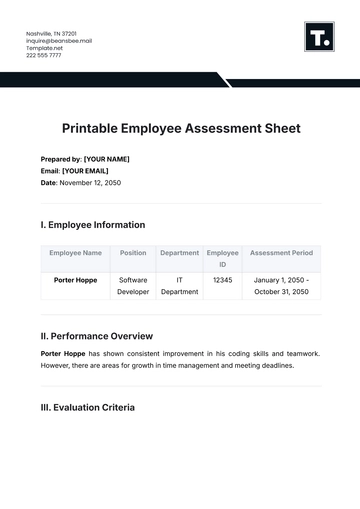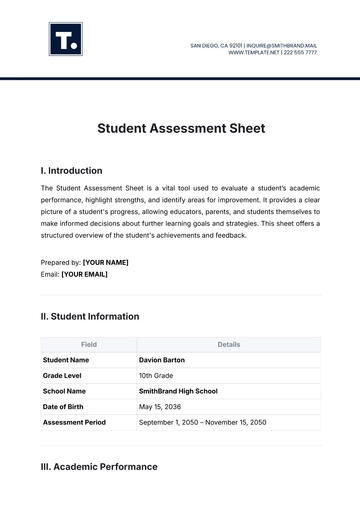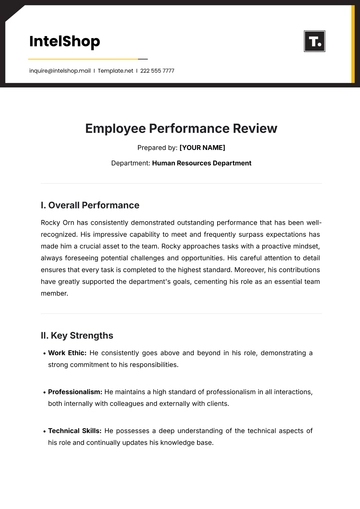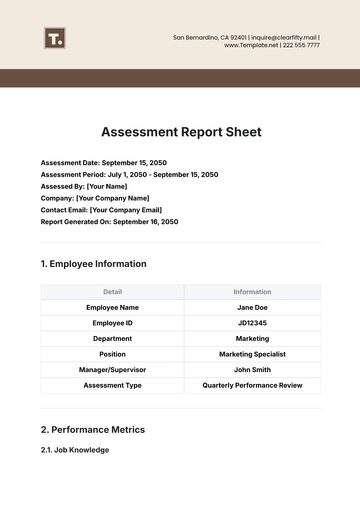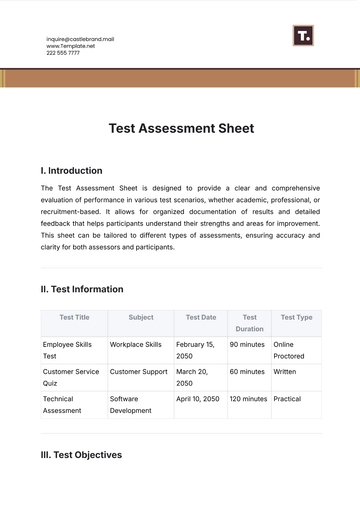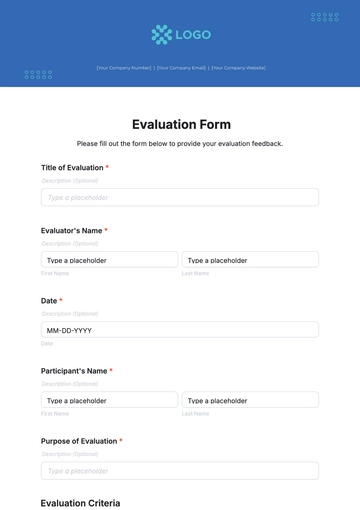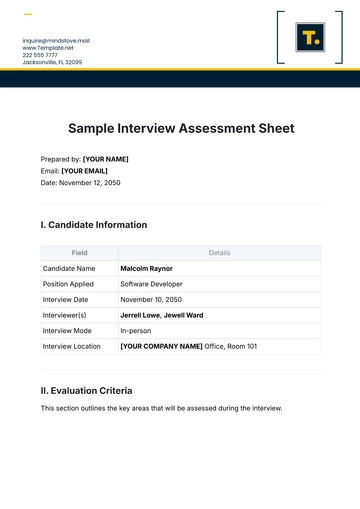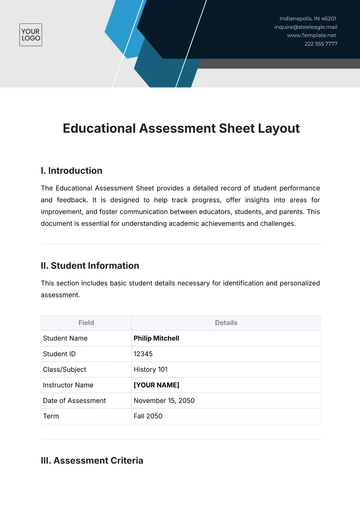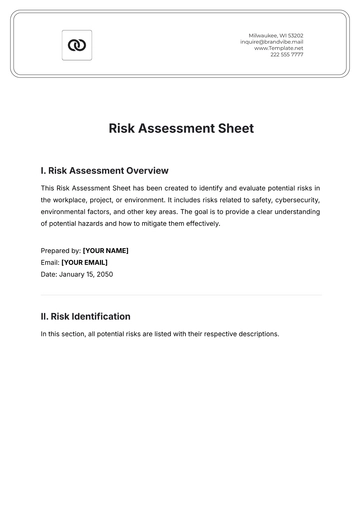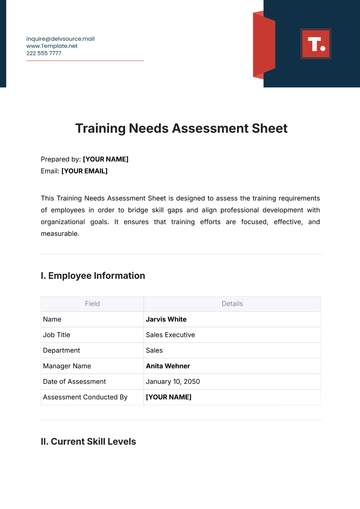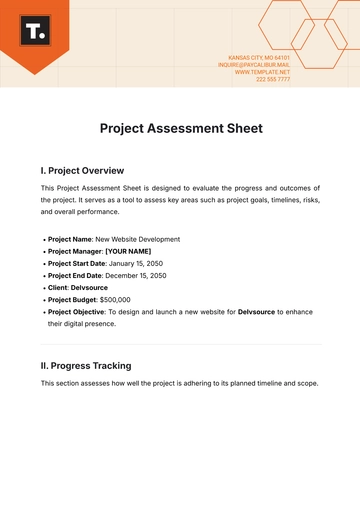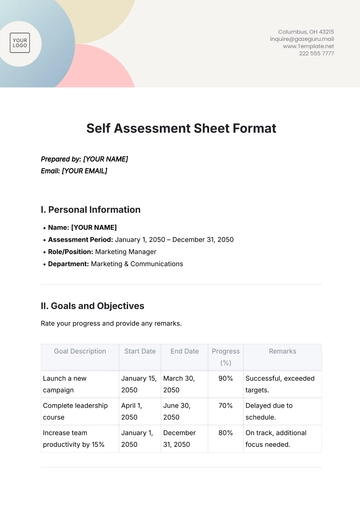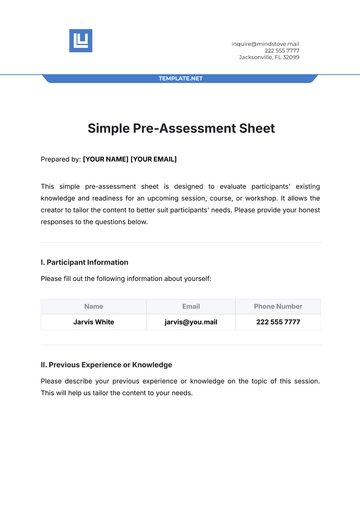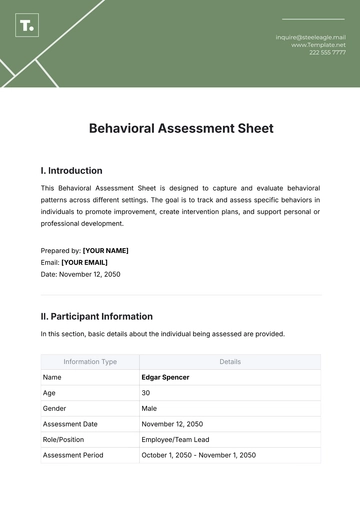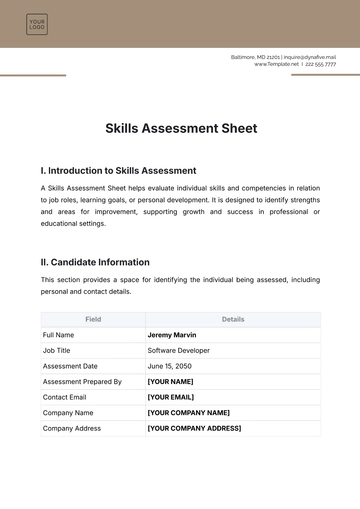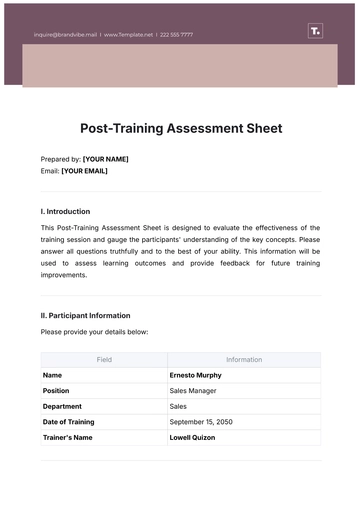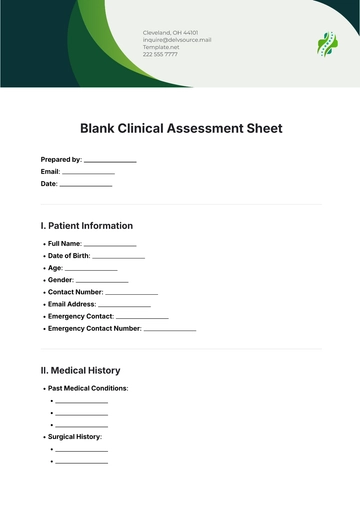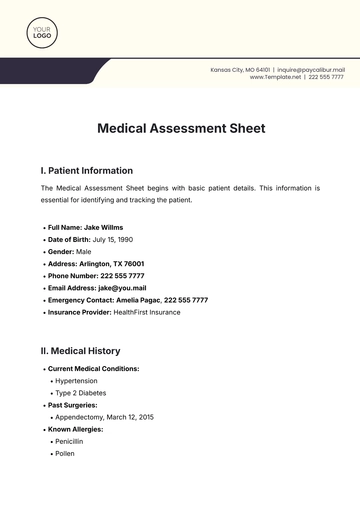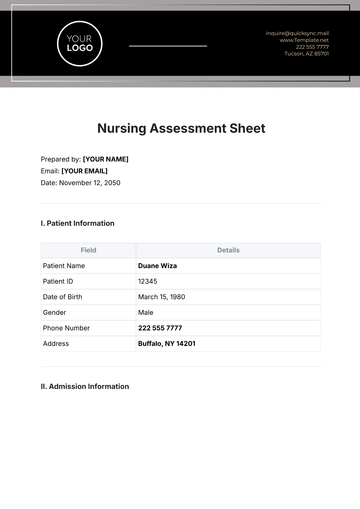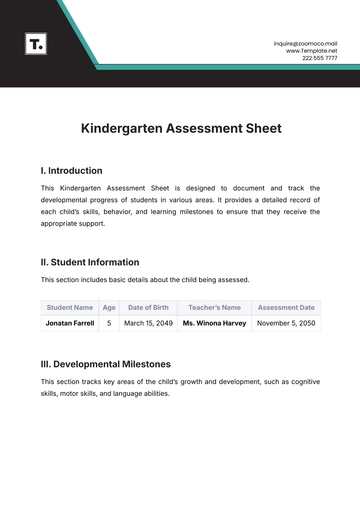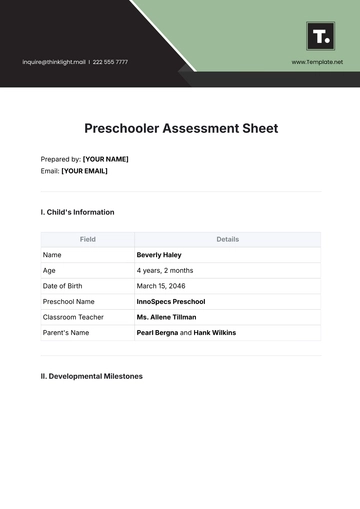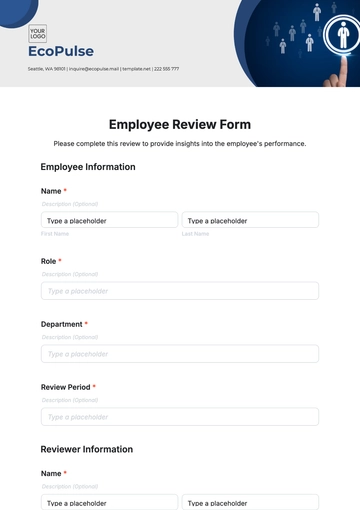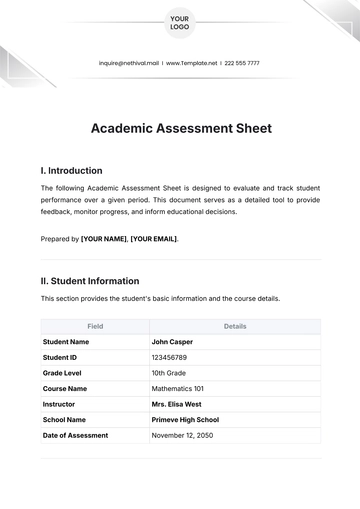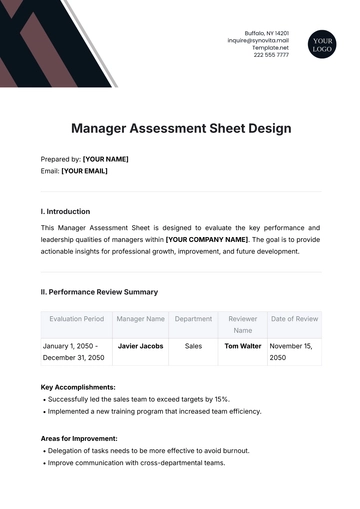Safety Datasheet
Prepared by: | [YOUR NAME] |
Company: | [YOUR COMPANY NAME] |
Department: | [YOUR DEPARTMENT] |
Date: | [DATE] |
I. Introduction
Welcome to the [Your Company Name] Safety Datasheet for Acetone. This document aims to provide comprehensive information about the properties, hazards, handling, storage, and emergency measures related to the use of this chemical substance. It serves as a crucial resource for ensuring safety in workplaces and other environments where hazardous materials are used or stored.
II. Chemical Identification

A. Product Name:
Acetone
B. Chemical Formula:
CH3COCH3
C. CAS Number:
67-64-1
D. Manufacturer/Supplier Information:
Manufacturer: [Your Company Name]
Supplier: [Supplier Name]
Address: [Supplier Address]
Contact: [Supplier Contact Information]
III. Hazards Identification
A. Classification of the Substance or Mixture:
B. Label Elements:
C. Hazards Overview:
Acetone is a highly flammable liquid that can cause serious eye irritation upon contact. It poses a risk of fire and explosion in the presence of heat, sparks, open flames, or hot surfaces.
D. Potential Health Effects:
Inhalation: Inhalation of vapor may cause dizziness or drowsiness.
Skin Contact: Prolonged or repeated contact may cause skin irritation.
Eye Contact: Contact with eyes may cause severe irritation or burns.
Ingestion: May be harmful if swallowed.
IV. Composition/Information on Ingredients
Ingredient | Concentration (%) |
|---|
Acetone | 100 |
V. First-Aid Measures

A. Inhalation:
B. Skin Contact:
Remove contaminated clothing
Wash skin with soap and water
Seek medical attention if irritation occurs
C. Eye Contact:
Flush eyes with water for at least 15 minutes
Remove contact lenses, if present
Seek immediate medical attention
D. Ingestion:
VI. Fire-Fighting Measures
A. Suitable Extinguishing Media:
Carbon Dioxide
Dry Chemical Powder
Foam
Water Spray
B. Firefighting Instructions:
C. Special Hazards Arising from the Substance:
D. Protective Equipment and Precautions for Firefighters:
VII. Accidental Release Measures
A. Personal Precautions:
B. Environmental Precautions:
C. Cleanup Procedures:
Absorb spillage with inert material (e.g., sand, vermiculite)
Place in a suitable container for disposal
Ventilate area
D. Waste Disposal Methods:
VIII. Handling and Storage

A. Handling:
Use in well-ventilated areas
Avoid contact with eyes, skin, and clothing
Ground and bond containers when transferring liquids
B. Storage:
Store in a cool, well-ventilated area
Keep the container tightly closed
Store away from heat, sparks, and open flames
IX. Exposure Controls/Personal Protection
A. Exposure Limits:
B. Engineering Controls:
C. Personal Protective Equipment (PPE):
Respiratory Protection: NIOSH-approved respirator with organic vapor cartridge
Hand Protection: Butyl rubber gloves
Eye/Face Protection: Chemical splash goggles
Skin Protection: Chemical-resistant clothing
X. Physical and Chemical Properties
A. Appearance:
Appearance: Colorless liquid
B. Odor:
Odor: Characteristic odor
C. pH:
pH: Neutral
D. Melting Point/Freezing Point:
Melting Point/Freezing Point: -94°C (-137°F)
E. Boiling Point:
Boiling Point: 56°C (133°F)
XI. Stability and Reactivity
A. Stability:
B. Incompatibility:
Strong oxidizing agents
Strong acids
Strong bases
C. Hazardous Decomposition Products:
Carbon monoxide
Carbon dioxide
XII. Toxicological Information
A. Acute Toxicity:
B. Chronic Toxicity:
C. Carcinogenicity:
D. Mutagenicity:
XIII. Ecological Information
A. Ecotoxicity:
B. Persistence and Degradability:
C. Bioaccumulative Potential:
XIV. Use Case
A. Industrial Chemical Handling
This use case is particularly critical as industrial facilities often handle a wide range of hazardous chemicals in their manufacturing processes. Safety data sheets are essential for ensuring the safe handling, storage, and disposal of these substances, minimizing the risk of accidents, injuries, and environmental contamination.
B. Construction Sites
Construction sites involve the use of various hazardous materials such as adhesives, paints, solvents, and construction chemicals. Safety datasheets play a crucial role in guiding construction workers on how to handle these substances safely, reducing the risk of accidents, and promoting a safer work environment.
C. Healthcare Facilities
In healthcare facilities, chemicals are used for cleaning, sterilization, laboratory testing, and medical procedures. Safety data sheets are vital for healthcare professionals to understand the hazards associated with these chemicals and take appropriate precautions to protect themselves, patients, and the environment from potential harm.
Datasheet Templates @ Template.net
